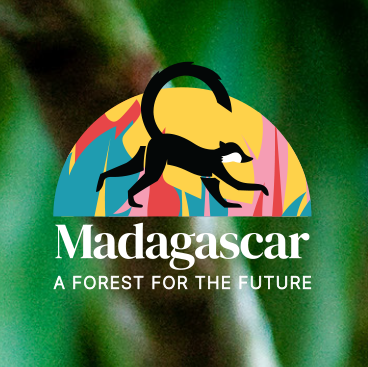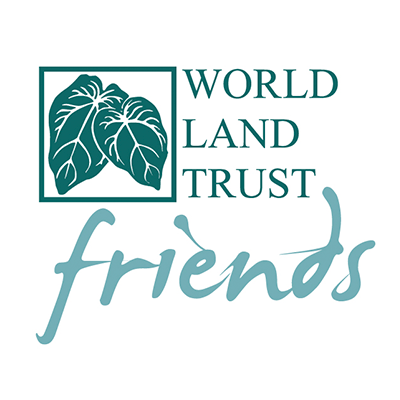
Our Madagascar project area is home to at least six species of lemur. Credit: incamerastock / Alamy Stock Photo
Madagascar is an ancient island that has been removed from the rest of the world for millions of years. This extended period of isolation has made it one of the most biodiverse places on Earth, home to endemic wildlife that exists only on the island.
In partnership with Missouri Botanical Garden’s Madagascar Programme (MBG-Madagascar), our new Madagascar: A Forest for the Future appeal aims to restore and protect the fragmented Ankarabolava-Agnakatrika forest. This protected area is the last remnant of forest in the Vangaindrano District and it’s crucial that we secure this habitat for the extraordinary animals that live there.
The land of the lemur
Lemurs are perhaps Madagascar’s most famous wild residents. These fascinating animals are the world’s oldest living primates and have adapted to become incredibly diverse, with around 112 known species and more being discovered each year.
But while these ancient primates are much loved, they’re also the most threatened group of mammals on Earth and one of the most urgent conservation priorities in Madagascar. In fact, 98% of lemur species are threatened with extinction.
The Ankarabolava-Agnakatrika forest is home to at least six species of lemur that rely upon this habitat for their survival. Let us introduce you to the lemur species that live in this fragmented forest. What do they look like? How do they live? And do they really like to ‘move it, move it’?
White-collared Lemur
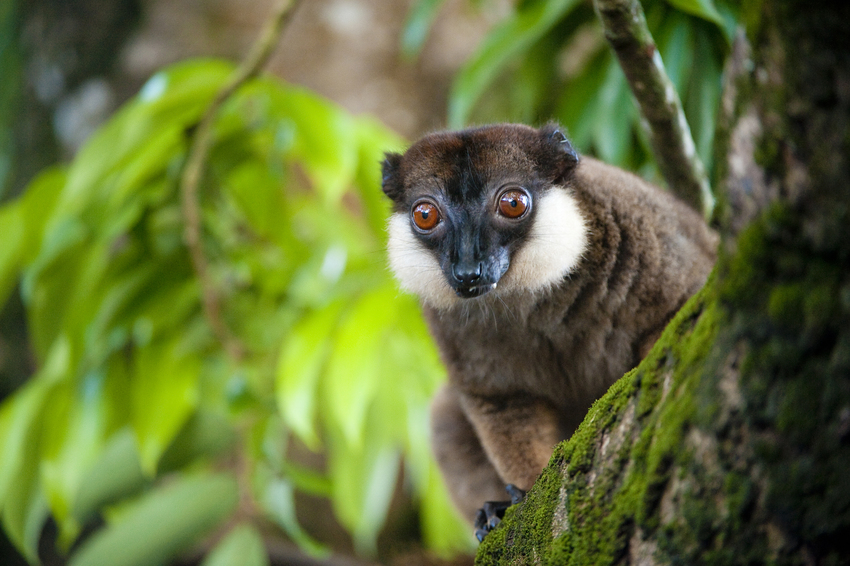
The Critically Endangered White-Collared Lemur. Credit: Inaki Relanzon
Known to occur in Ankarabolava-Agnakatrika and just two other protected areas in Madagascar, the White-Collared Lemur is Critically Endangered – just one step away from being declared Extinct in the Wild.
They live in troops of up to around 20 and often stick to the upper layers of the forest, using their powerful hind legs to leap between trees. You can identify a White-collared Lemur by the eye-catching white fluffy collar around the cheeks of males, but interestingly White-collared Lemur troops are female dominated. In this matriarchal society, it’s the ladies that lead the way! Female White-collared Lemurs lead the troops, search for food and fiercely defend territories when they need to.
This lemur’s population has fallen by at least 80% over the last three generations, but they are found in our project area in high numbers. Chris Birkinshaw, the Technical Advisor for MBG-Madagascar, says the loss of this vital habitat would be “catastrophic” for the survival of the species, making our Forest for the Future appeal all the more important.
Collared Brown Lemur
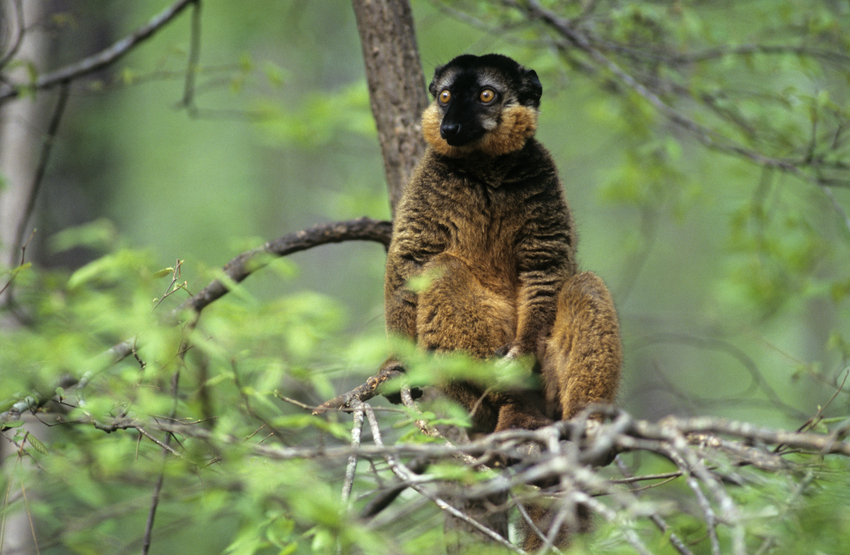
A Collared Brown Lemur high in the forest of Madagascar. Credit: Nick Garbutt
Named for the collar of reddish-brown fur which surrounds its neck, the Collared Brown Lemur lives high up in the forests of our Madagascar project area, rarely coming down to the ground.
The Collared Brown Lemur is an unusual lemur species as both parents contribute to raising their young and they don’t live in female-dominated groups like the closely related White-collared Lemur.
Fruit makes up around 70% of this lemur’s diet and the Collared Brown Lemur in turn plays an important role in preserving the plants of the Ankarabolava-Agnakatrika Protected Area. The Collared Brown Lemurs ingest the seeds of plants when eating fruit and then distribute them around the forest in their scat, encouraging new tree growth. This process is called seed dispersal and it makes this Endangered lemur species a vital asset to the natural regeneration of the forest.
Our new appeal will protect the home of this lemur and plant 500,000 trees using 70 native woody plant species. Around half of these newly planted tree species will provide food for the forest’s lemurs, preserving their way of life and allowing them to continue helping the life cycle of Madagascar’s endemic plant species.
Ramantsoavana’s Southern Woolly Lemur
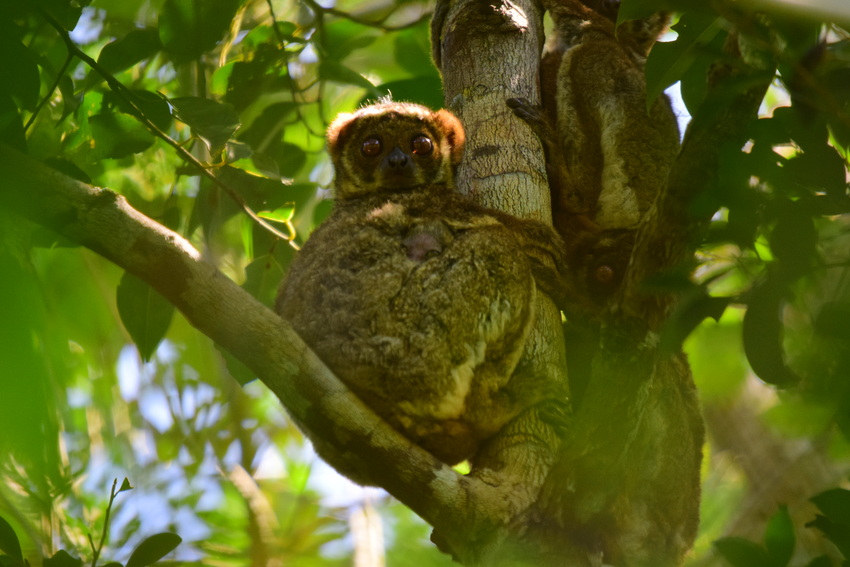
The elusive Ramantsoavana’s Southern Woolly Lemur has been sighted in our project area. Credit: MBG-Madagascar
As one of the more mysterious species of lemur that lives in our Madagascar project area, not much is known about Ramantsoavana’s Southern Woolly Lemur. This elusive lemur was originally considered a subspecies of the closely related Southern Woolly Lemur, but in 2006 it was elevated to a separate species based on its genetics.
They are thought to be nocturnal, weighing in at around 1.5kg, and can be identified by their large eyes and the curly grey-brown fur on their backs which has a wool-like appearance.
By supporting our Forest for the Future appeal and preserving Ankarabolava-Agnakatrika, you will be allowing scientists the opportunity to learn more about the behaviours of this mysterious primate.
Rusty-gray Lesser Bamboo Lemur

A Rusty-gray Lesser Bamboo Lemur. Credit: Nick Garbutt
Like the other lemurs that live in our project area, the Rusty-gray Lesser Bamboo Lemur is undergoing a population decline driven by habitat loss, habitat degradation and hunting.
This species is the southernmost of the five bamboo lemur species, which are best identified by their rounded heads, short fur-covered ears, and flat snouts. This particular lemur was recognised as a separate species when scientists realised its redder fur and unique vocalisations made it one-of-a-kind.
Bamboo lemurs have evolved to survive the high doses of cyanide found in some bamboo species across Madagascar, but it’s expected they will see a decrease in their habitat as climate change drives bamboo plants to grow at higher elevations on the island. Together, through our appeal, we can protect part of the Rusty-grey Lesser Bamboo Lemur’s very restricted geographical range.
Future lemur learning…
Despite the threats they face, more and more lemur species are being discovered each year. If we don’t protect Madagascar’s habitats, these new species could be lost before ever being discovered and formally identified by humans.
In the Ankarabolava-Agnakatrika forest, our partner has spotted as yet unidentified dwarf lemurs and mouse lemurs. The team at MBG-Madagascar believe that at least one of these lemurs might be a brand new species, and with the land protection that your donations will fund, their scientists will work to fully identify these lemurs in the future!
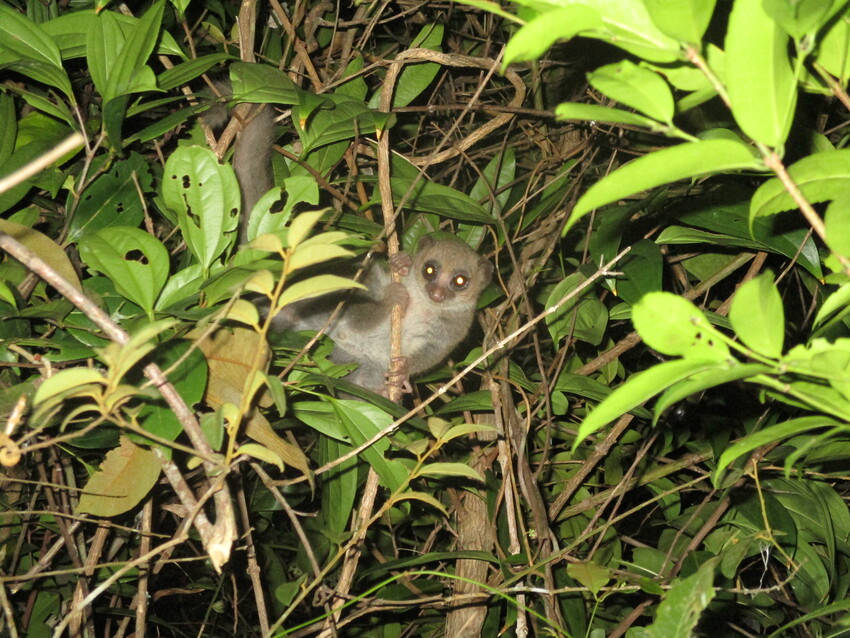
A potentially new species of dwarf lemur spotted in Ankarabolava-Agnakatrika. Credit: Dimbilahy Jean Marcellin
